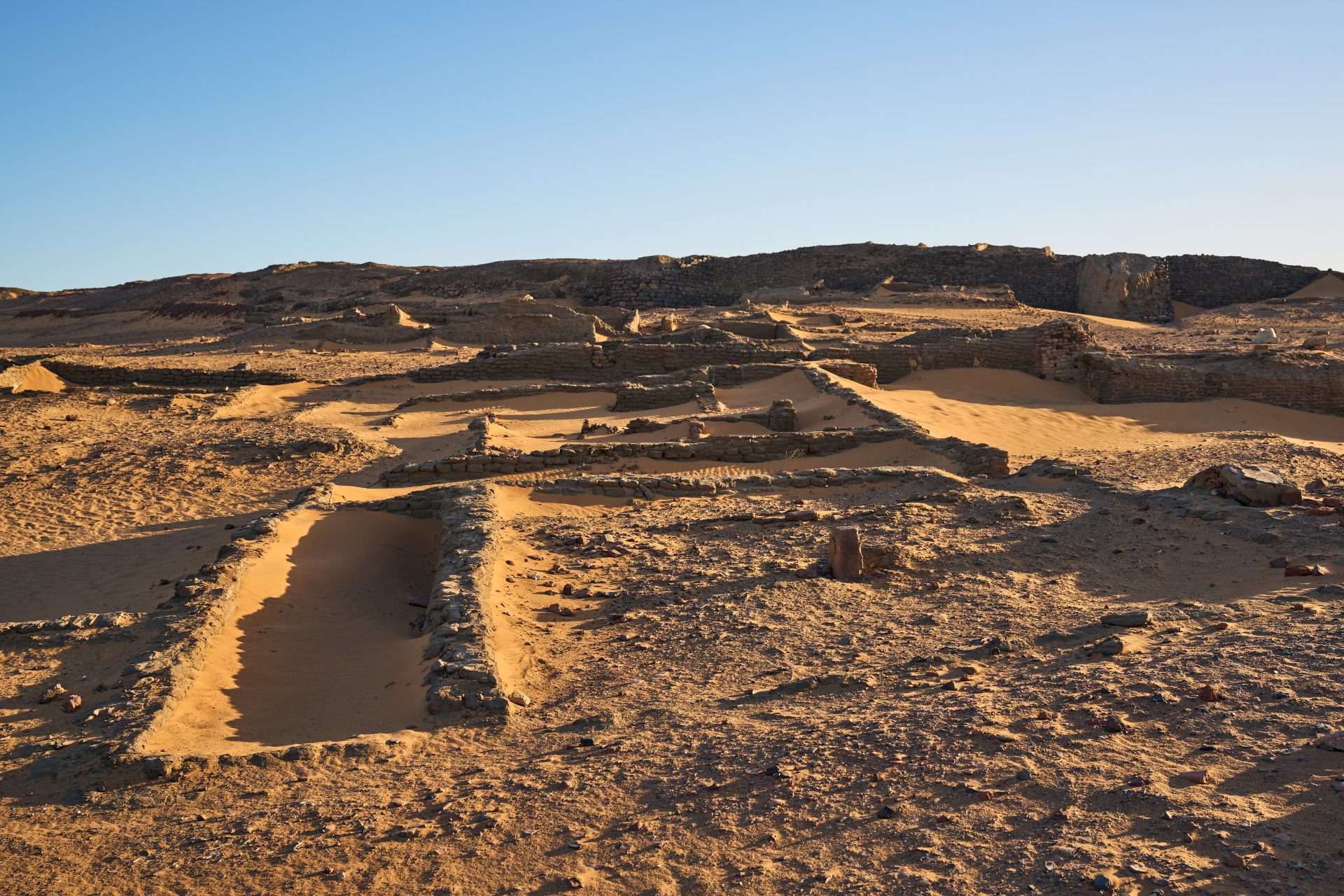Archeologists unearthed an unusual ancient temple in Africa
Africa is home to thousands of mysterious ruins, but there isn't anything quite like the unusual ancient temple unearthed in Sudan by a group of Polish archeologists and the discoveries they made at the site in 2023.
Researchers discovered the remains of a rather distinctive ancient temple that they believed dated back centuries according to reporting from Live Science at the time of the discovery.
The temple’s remains were found at the site of a medieval citadel known as Old Dongola and appeared to be a part of what was known as the Kingdom of Kush. However, that wasn't the most interesting part of the find.
“Some of the temple's stone blocks were decorated with figures and hieroglyphic inscriptions,” wrote Live Science journalist Owen Jarus, something that was not unusual for Kush—through the hieroglyphs themselves did prove to be unprecedented.
According to a press release from the University of Waersaw’s Centre of Mediterranean Archeology, archaeologists found pharaonic hieroglyphs and figural decorations.
In and of themselves, the hieroglyphs and decoration were nothing special, it was their location and theorized time of inscription that made them so groundbreaking for researchers.
Photo by Twitter @Dawid_FW
“An analysis of the iconography and script suggests that they were part of a structure dating to the first half of the first millennium B.C.,” Jarus continued, suggesting the temple might have been 2700 years old.
Photo by Twitter @chrisnaunton
“This is a unique and unexpected discovery, as until now, despite nearly 60 years of archaeological research in Old Dongola, no traces from such an early period have been encountered,” wrote Andrzej Szotek in a press release from the University of Warsaw.
Photo by Twitter @chrisnaunton
Szotek added that confirmation of a pharaonic temple at the site of Old Dongola could “shed new light on the history of the site, indicating a much earlier date for its foundation."
Photo by Twitter @Dawid_FW
Dr. Dawid Wieczorek is an Egyptologist who worked on identifying the ancient temple remains at Old Dongola and said that researchers are still unsure if the site is genuine.
Photo by Twitter @Dawid_FW
According to Wiezorek, it is still impossible to determine if the inscribed temple blocks found at Old Dongola were from a previous site or if they were moved there later.
Photo by Twitter @Dawid_FW
“Based on the archaeological material collected so far, it is impossible to determine whether the inscribed blocks came from Old Dongola itself, or whether they had been brought here from another site and reused for construction purposes.
Photo by Twitter @Dawid_FW
“Either way, this is a surprising find,” Wiezorek said according to Szotek, “as the blocks came from a monumental stone building and there are no known sites with Egyptian architecture within a radius of more than a hundred kilometers from Old Dongola.”
Photo by Twitter @Dawid_FW
The Kingdom of Kush was thought to have come into existence in 1069 BCE according to the World History Encyclopedia and thrived until roughly 350 CE before it collapsed.
Wiezorek noted that there were previously no known instances of Egyptian centers that stretched into the portion of the Nile Valley where the Old Dongola blocks were found.
“I hope that our discovery will help fill this gap,” Wieczorek said, referencing his hope that the Polish team's discovery will rewrite the history of both Kushite and Egyptian culture.
Photo by Twitter @Dawid_FW
More for you
Top Stories





























